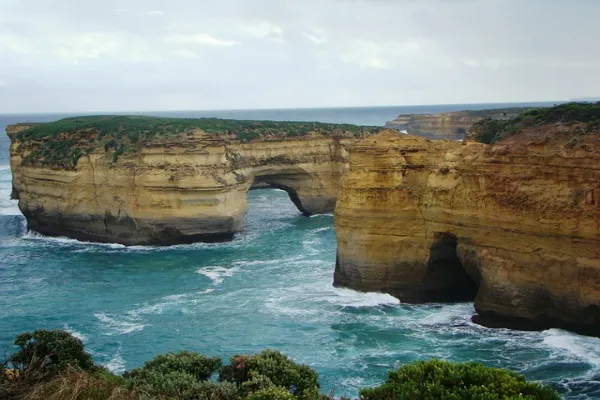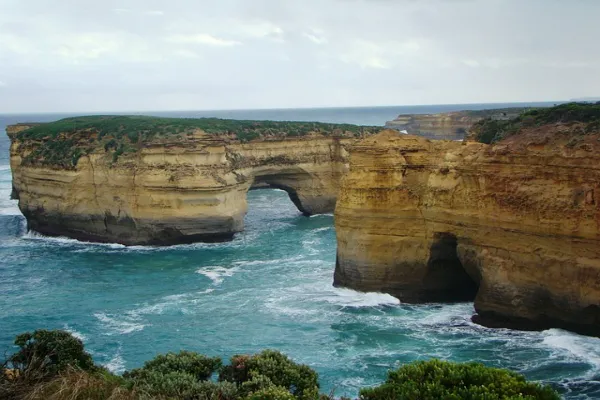Discovering Facts About Oceania

Oceania, a vast and diverse region comprising Australasia, Melanesia, Micronesia, and Polynesia, is a treasure trove of natural wonders, cultural richness, and unique geographical features. This article aims to explore fascinating facts about Oceania, shedding light on its diverse ecosystems, indigenous cultures, and distinctive landmarks.
- Geographical Marvels:a. The Great Barrier Reef: Located off the coast of Queensland, Australia, the Great Barrier Reef is the world’s largest coral reef system. It is so vast that it can be seen from space. This UNESCO World Heritage Site is home to an incredible array of marine life, including over 1,500 species of fish and various species of coral.b. Mount Cook: The highest peak in Australasia, Mount Cook, also known as Aoraki, rises majestically in the Southern Alps of New Zealand. It’s a climber’s paradise and offers breathtaking views of the surrounding landscapes.c. The Pacific Ring of Fire: Oceania is part of the Pacific Ring of Fire, an area known for its high volcanic and seismic activity. This results in the presence of numerous active volcanoes, such as Mount Fuji in Japan and Mount Yasur in Vanuatu.
- Cultural Diversity:a. Aboriginal Culture: Australia is home to the world’s oldest living culture, with Aboriginal communities having a rich history dating back over 65,000 years. Their art, storytelling, and spiritual practices are integral to understanding the continent’s cultural fabric.b. Hula Dance: In Polynesia, particularly Hawaii, the hula dance is a traditional art form that has been passed down through generations. It is not just a dance but a way of storytelling, with each movement and gesture conveying a specific meaning.c. Kava Ceremonies: In many parts of Melanesia, the traditional kava ceremony is a significant cultural practice. Kava, a drink made from the root of the kava plant, is consumed during ceremonies to promote a sense of community and social bonding.
- Unique Wildlife:a. Monotremes: Australia and New Guinea are home to monotremes, egg-laying mammals. The platypus and echidna are two remarkable examples of this unique reproductive method found in the region.b. Marsupials: Oceania is known for its diverse marsupial species. Kangaroos, koalas, and wallabies are iconic examples of mammals that carry and nurse their young in pouches.c. Kiwi Birds: New Zealand is famous for its flightless bird, the kiwi. Unique in many aspects, the kiwi has a keen sense of smell, a rarity among birds, and is a symbol of the country’s national identity.
- Island Nations:a. Micronesian Archipelago: Comprising thousands of islands, Micronesia is a vast archipelago scattered across the western Pacific Ocean. These islands vary greatly in size, from tiny atolls to larger volcanic islands.b. Papua New Guinea’s Diversity: Papua New Guinea is one of the most culturally diverse countries in the world, with over 800 languages spoken. The country’s tribal cultures and distinct languages contribute to its rich tapestry of diversity.c. Isolation of Pitcairn Island: Pitcairn Island, a British Overseas Territory, is one of the most remote inhabited places on Earth. Its isolation played a role in the preservation of the mutineers from HMS Bounty and their descendants, who still live on the island today.

Conclusion
Oceania, with its stunning landscapes, rich cultural heritage, and unique biodiversity, stands as a testament to the marvels of our planet. From the Great Barrier Reef to the vibrant cultures of indigenous peoples, Oceania offers a wealth of experiences waiting to be explored and appreciated. Whether you are drawn to the crystal-clear waters, the ancient traditions, or the intriguing wildlife, Oceania continues to captivate the imagination of those who seek to uncover its many wonders.